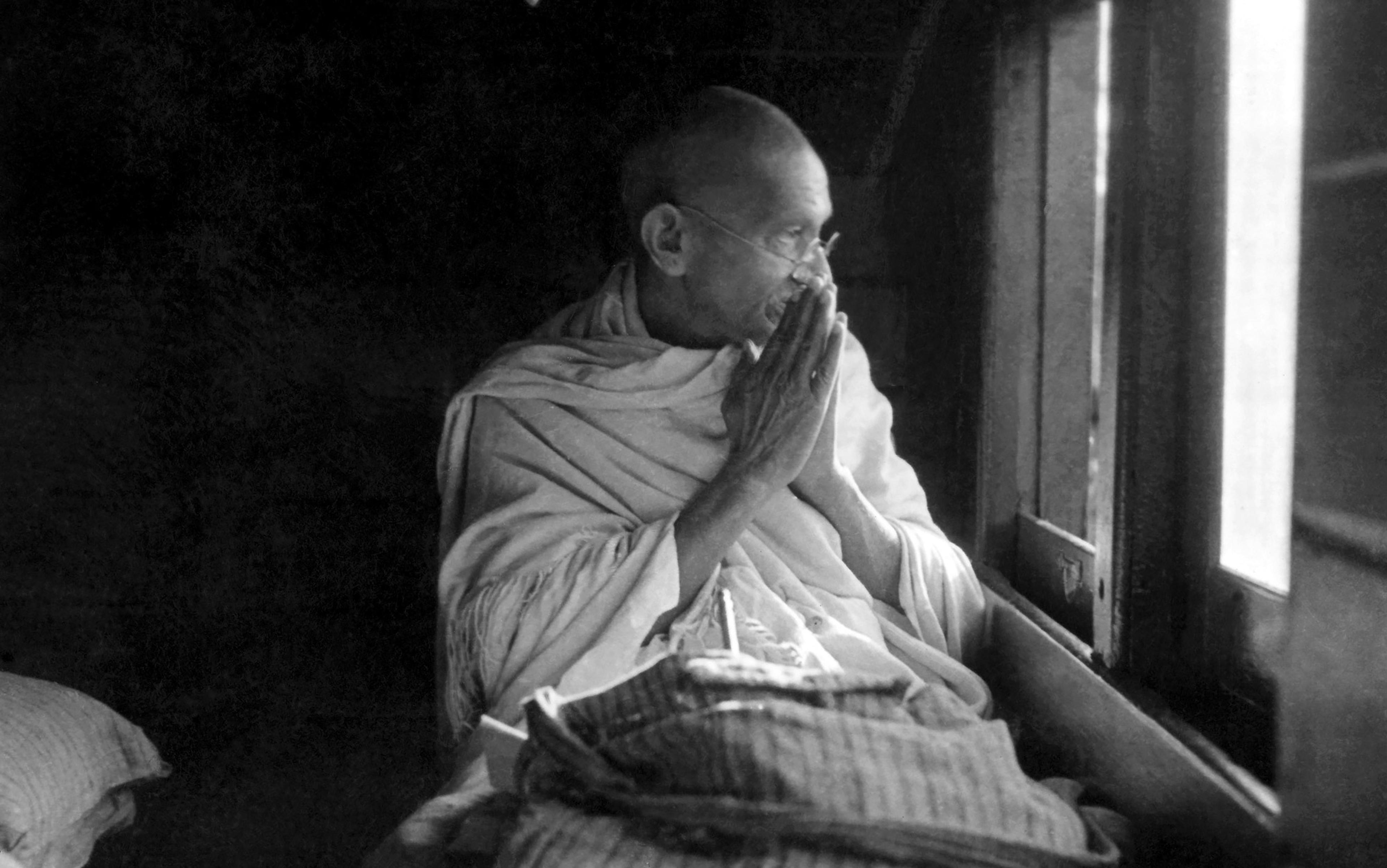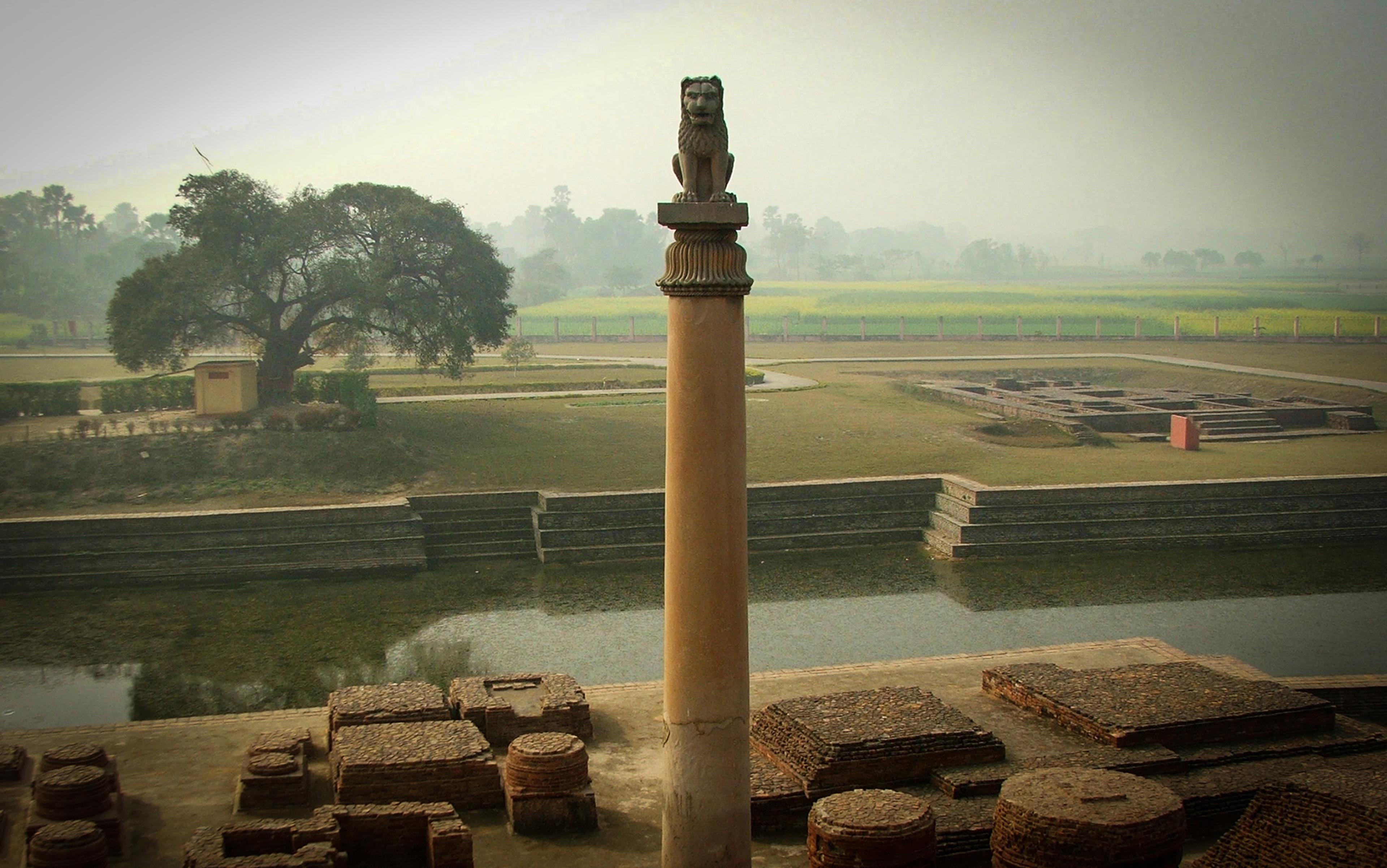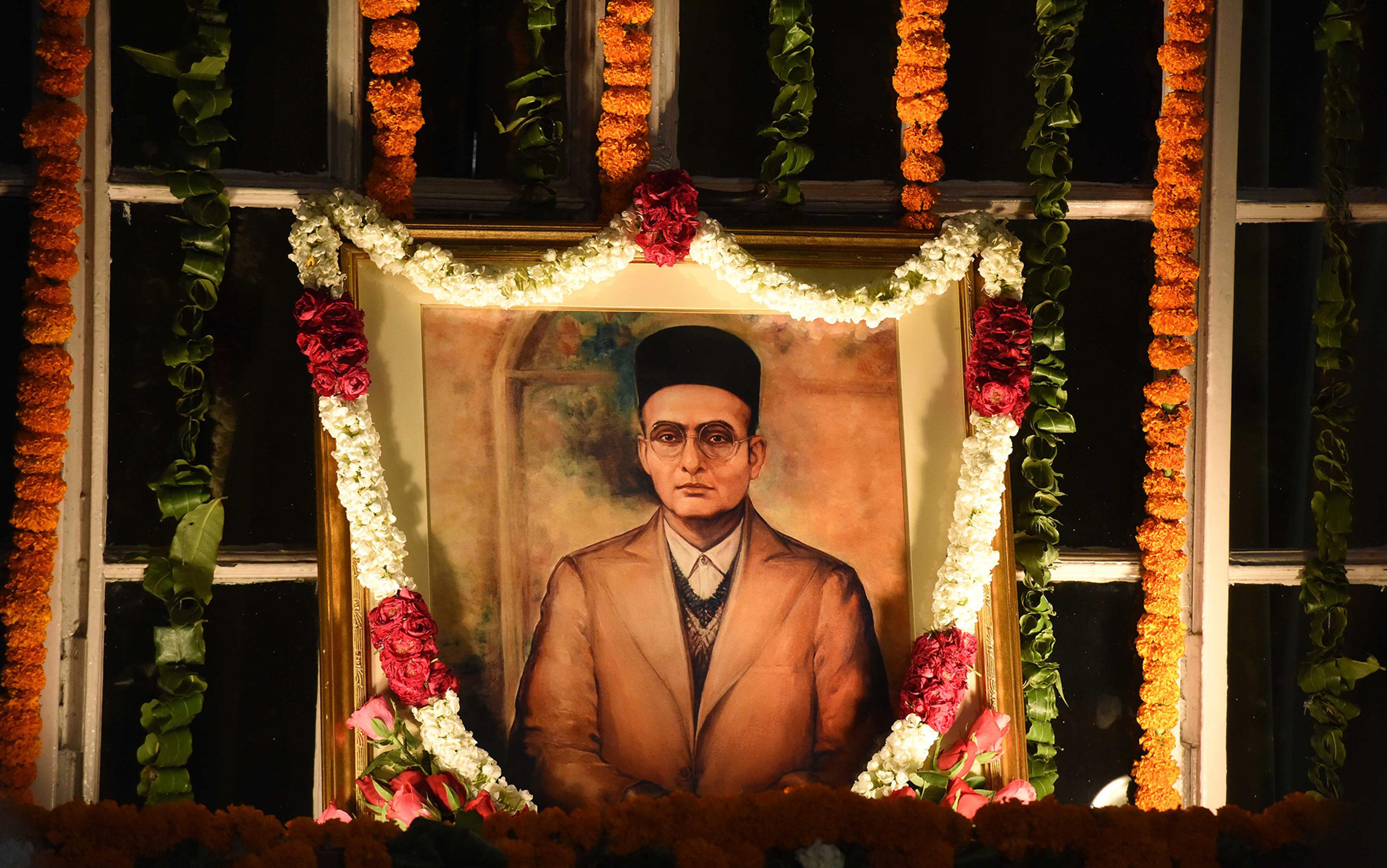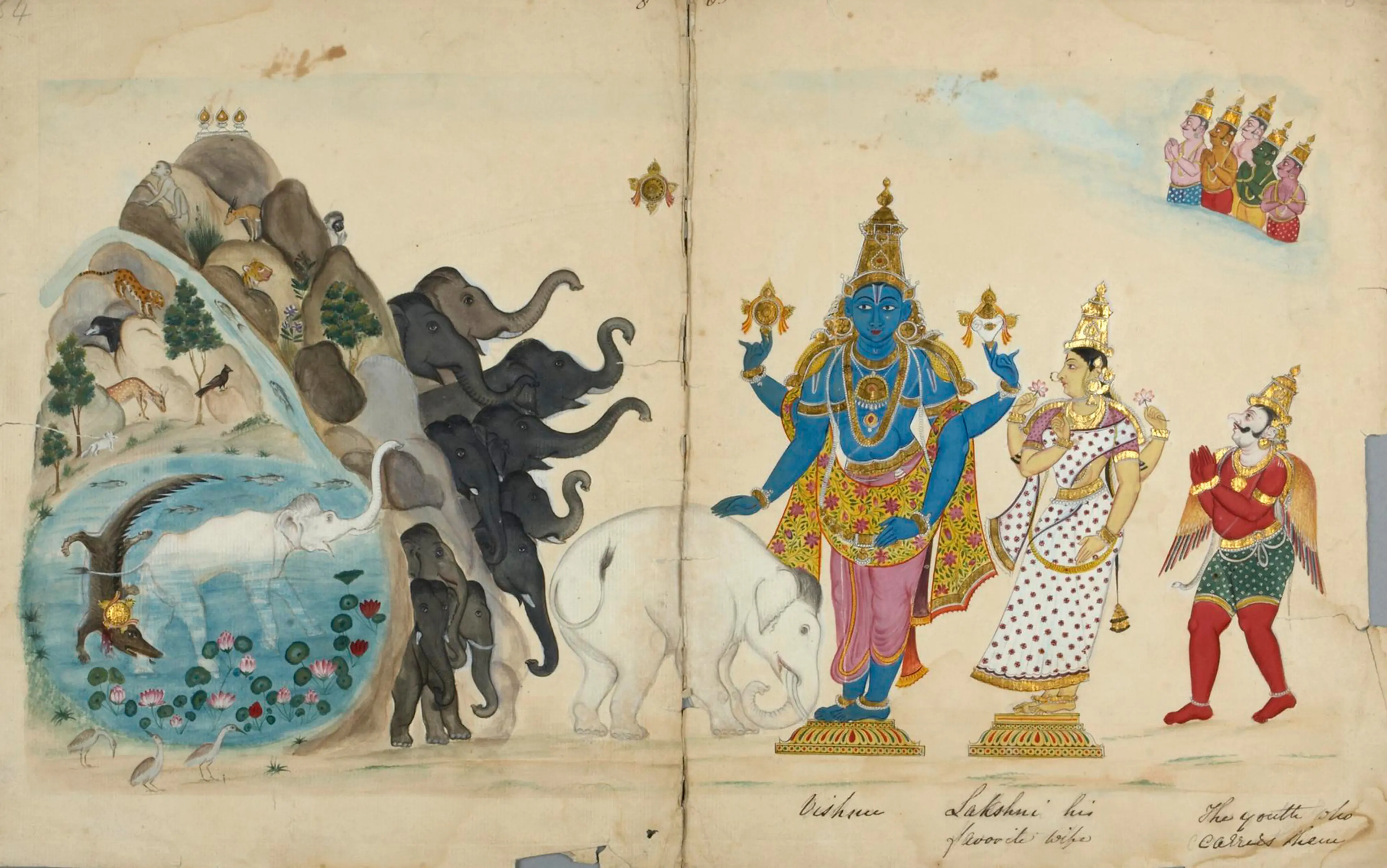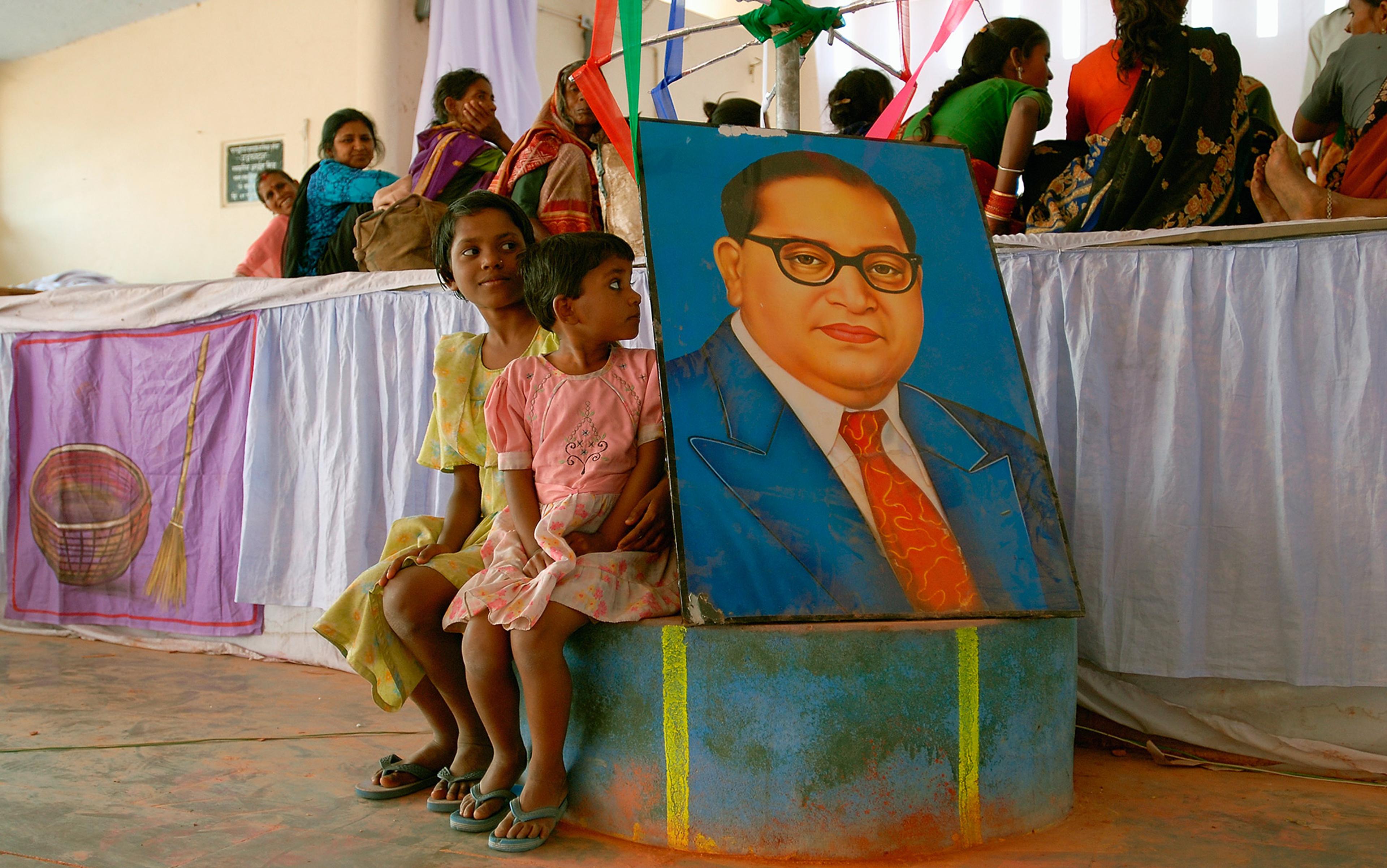Was Mahatma Gandhi a philosopher? He would not have thought so himself. But I want to show that he was a model for philosophy in the philosophical subtlety of his accounts of non-violence and in his thinking on a vital kind of freedom. Gandhi was full of surprises: in his defence of concrete particularity in ethics when exceptionless rules cannot guide conduct; in his openness to views from other cultures; and in his exemplary response to criticism, which was welcomed, promulgated without being distorted, treated with disconcerting wit, and used to lead to a radical re-thinking of his own views.
Of course, Gandhi (1869-1948) is known for his belief in non-violence, which included, but was by no means confined to, non-violent resistance to the British rulers of India. But it is less well-known that he rejected the non-violence he had heard of in India. Although the most important influence in his life was the Jain faith, on non-violence, he preferred the second most important influence – Leo Tolstoy. He thought, rightly or wrongly, that the Indian view he knew did not sufficiently mind someone else treading on a beetle, so long as one kept oneself pure by not treading on it oneself. Gandhi saw his early self as a votary of violence. It was the Russian Christian writer, Tolstoy, who converted Gandhi to non-violence, a fact that shows his openness to views from other cultures.
For this openness to views from elsewhere, Gandhi acknowledged the value of another Jain view – that ordinary humans have only partial knowledge, from which he concluded that truth must be sought in diverse quarters. He described non-violence as being, on Tolstoy’s view, an ocean of compassion – one would not want anyone to tread on a beetle. But more than that, you should never hate your opponent. With his permission, Gandhi published Tolstoy’s A Letter to a Hindoo (1909), which argued that millions of Indians were enslaved to a few thousand British only because, instead of internalising the law of love, they cooperated with the British in carrying out the violence on which their enslavement depended.
Gandhi combined the attitude of compassion to all, opponents included, with a readiness for self-sacrifice so that, in resisting the British, he was ready to suffer a violent response without ever hating. But he did not think that all should join his non-violent confrontations, because everyone has a different character and hence a different duty (svadharma), since only some can retain the non-violent attitude in the face of violence. For those who could not, he set up a ‘constructive programme’, to carry out a different type of work.
In 1926, Gandhi wrote a series of eight newspaper articles, including an English version, under the title ‘Is This Humanity?’, in which he refined his conception of non-violence. In particular, he addressed the question: when is killing non-violent? This question was triggered by his support of the head of a municipality, who had authorised the killing of 60 stray dogs for fear that they might spread rabies. Outraged letters came to Gandhi from all over India, saying: ‘We thought you were a man of non-violence.’
Gandhi offered a model of philosophical reaction. He published a number of the letters in his newspapers, not concealing, nor misrepresenting, the criticisms, although he allowed himself a witticism: that one of the letters demanding non-violence was violent. Nonetheless, Gandhi sought to rethink his position, in order to provide an answer, and by the end of the third article offered a new criterion. Killing was always violent, unless it was done for the sake of the killed. Was that not an admission that he was in the wrong, since killing the stray dogs was not for their sake, although it might have been for the sake of other dogs, and people? But he had already, in the first article, made an important philosophical point:
A city-dweller who is responsible for the protection of lives under his care … is faced with a conflict of duties. If he kills the dog, he commits a sin. If he does not kill it, he commits a graver sin. So he prefers to commit the lesser one and save himself from the greater.
In other words, it was wrong to kill the dogs, because one is sometimes, through no fault of one’s own, in a moral double-bind: wrong if one does and wrong if one doesn’t. This was known to the ancient Greeks, but resisted for a long time by Christianity. In the Greek story, Orestes was in a moral double-bind: wrong if he did not avenge his father by killing the assassin, but wrong if he killed his mother, who was the assassin. Christianity at first found this hard to accept, because eternal punishment was expected for serious wrongdoing and, since God was just, the wrongdoing needed to be one’s fault. As a result, in the 6th century CE, elaborate attempts were made to locate a fault. But Gandhi saw that sometimes choosing violence is not one’s fault. He nonetheless continued to hold that all violence was wrong, and was not even tempted by the implausibly lenient idea that, if something is not one’s fault, it can only be apparently wrong, prima facie.
This in turn meant that although Gandhi admits a few exceptionless moral principles (in this case, all chosen violence is wrong), he does not think that exceptionless principles can on their own guide us on conduct – they do not tell us what to do, since we might have personal duties, a svadharma such as responsibility for municipal welfare, that would make the non-violent course the worse one for us. Gandhi might think that certain attitudes, such as non-violence as compassion, are universally desirable. But even so, he does not aim to alter the attitude, or the conduct, of those Muslims who believed instead in retaliation.
I sympathise with Gandhi’s denial that exceptionless universal principles can tell us what to do. In ancient Greece, the later Stoics too after Panaetius (late 2nd century BCE) were particularists in ethics, but went further in avoiding exceptionless moral principles. A text based on Panaetius tells us that when Julius Caesar marched his army on the city of Utica in his bid for supreme power in Rome, it was right for the Stoic Cato, who was there, to commit suicide, but not right for anyone else in the same circumstances, and this was because of Cato’s uniquely uncompromising character in standing up for the Roman republic. To explain why this was right only for Cato, one would have to depend on people knowing Cato’s history, or else illustrate that history. In either case, one would not have the kind of universal principle that was being looked for, but a rationale that depended on reference to an individual or to his particular history – that is, to his unique Stoic persona, or his Gandhian svabhava, and to the resulting personal duty (svadharma).
It has been said that the ancient Confucians in China avoided universal ethical principles, and an unfavourable contrast has been drawn with Western followers of Immanuel Kant and of utilitarianism. Why then does Gandhi nonetheless keep the universal principle that all violence is wrong? He has an answer to this too. One reason is that the principle is a counsel of perfection for the imperfect, which helps us to raise our sights, even though we cannot altogether avoid choosing violence. It is not surprising that, looking at Gandhi as simply a politician, many, and especially the British then, could have thought that he was a political twister, saying whatever suited him as and when. But if he says at one time: ‘Don’t use violence,’ and at another time: ‘Do use it,’ this is actually the product, to my mind, of perceptive philosophical thought.
My second illustration is Gandhi’s treatment of freedom. There was a long tradition behind his unusual views on freedom, and Gandhi certainly had access to some of it, but he might have worked it out for himself, only sometimes making use of the antecedents. The fullest account was in the ancient Stoics, starting with Epictetus in the 1st century CE. Gandhi read a book about three major Stoics, including Epictetus, which he called inspiring, but only in 1922-24, after many of his views were already formed. And in 1926 his learned secretary Mahadev Desai commented that Gandhi’s ideals were sometimes remarkably similar to Stoic ideals, citing two examples of the different topic of personal duty.
In Discourse, the Stoic Epictetus presents personal freedom as a kind of invulnerability gained by setting your heart, or rather your will (prohairesis), only on what it is in your power to have. Then the tyrant cannot do anything to you. What is in your power does not include your body, its parts, your faculties, your possessions, your reputation, offices, honours, children, brothers, friends, farm, slaves, clothes, house or horses. For thinkers, in case they felt safe, he added ‘your books’.
Epictetus describes the exercises by which he makes his students set aside any consideration that is not under the control of their wills. To a tyrant who threatens: ‘I will put you in chains,’ they are to imagine themselves replying: ‘What did you say, man? Put me in chains? My leg you will put in chains, but my will not even God can conquer.’ The students are to learn to be free by reducing themselves to their wills – that is, to their rightly directed wills.
Already in 300 BCE, the founder of Stoicism, Zeno from Cyprus, had said that only the person who has become truly good is actually free; all who are not good are slaves. Zeno also introduced the Stoic idea that only good character is really good, although other things have a certain limited value. It is natural to pursue some things – food, pleasure, health and life itself – and it is right to follow nature. But the test comes if we fail to get them. Then what really matters is whether we exercise good character by pursuing them in the right way. It is not securing the objectives that really matters. In Stoic terminology, the objectives are indifferent, but they are naturally preferred indifferents, which we must pursue for ourselves and others, if we are to be good people. Similarly, there are naturally dispreferred indifferents, and having your leg put in chains would doubtless be an example. But thinking that this is only a rightly dispreferred indifferent might reinforce Epictetus’ new point that you should think your leg is not you.
Epictetus finishes his Discourse on freedom by identifying only two people who were free, both from Athens in the 4th century BCE: Socrates and Diogenes the Cynic, who lived in a wine vase, both of whom defied convention and influenced the Stoics. But there have been modern followers of Epictetus’ ideal of freedom. In 1993, I invited the US war hero Admiral James Stockdale to London to discuss with Greek scholars, a psychologist and the general public how a course on Epictetus he’d taken at university meant that, years later during the Vietnam War, he welcomed and withstood 19 occasions of physical torture (some exploiting, in Epictetan fashion, his broken leg) and four years of solitary confinement by his captors. As the resulting article and the book written with his wife describe, Stockdale was conducting what Gandhi would have called an experiment. The deliberate provoking of punishment by small infractions of the rules in captivity restored his self-esteem, and that of other captives, whom he similarly persuaded, which left them all free to refuse the captors’ limited objective of securing televised denunciations of the war.
Whether or not Gandhi knew the Stoic ideas, he knew their prototype from Plato’s Apology (4th century BCE), of which he wrote a paraphrase in 1908. There Socrates, is presented as defending himself before a jury against charges of corrupting the youth by philosophical discussion of conventional values and by introducing false gods. Plato presents Socrates as saying that exclusion from office, exile or execution would not be a harm to him; only his accusers would be harmed by trying to kill a man unjustly. Like the Stoics later, Socrates here treats justice as a real good, and the usual objectives as indifferent. However, in treating unjust treatment as not harming him, he did not go as far as Epictetus’ admiring description of the true Cynic as someone who loves those who are beating him as if he were the father or brother of them all. By bringing in love, Epictetus comes closer to Tolstoy’s Christian law of love, which so influenced Gandhi.
‘No power on Earth can make a person do a thing against his will’
Gandhi was more directly influenced on freedom, as on non-violence, by Tolstoy. We saw earlier, in A Letter to a Hindoo, the influence of Tolstoy’s view on non-violence, that Indians would be free from British rule, if they internalised the law of love and stopped cooperating on violent projects. Tolstoy saw freedom in recognition, when he said that Indians are enslaved by violence only because they do not recognise the eternal law of love inherent in humanity. Similarly, in Gandhi’s other favourite work by Tolstoy, The Kingdom of God is Within You (1894), Tolstoy writes that you will be free as soon as you recognise that the role you play in a violent society is not needed for the public good. The reference to love, we saw above, was brought into the Stoic Epictetus’ account of the Cynic’s response to injustice.
Tolstoy was more immediately influenced by the Stoics. He had in his library a book about the Stoics, Epictetus and Marcus Aurelius and other Greek moralists, and had marked a translation of Marcus Aurelius with numerous underlinings. One of Tolstoy’s remarks in The Kingdom of God is Within You is reminiscent of Epictetus on freedom as an inviolability of the rightly directed will, when he says: ‘It is impossible for a man to be placed against his will in a situation repugnant to his conscience.’ Gandhi’s own remark in 1926 seems to echo this when he says: ‘No power on Earth can make a person do a thing against his will.’ In both views, the will cannot be forced, although Epictetus had said this only of the rightly directed will. Gandhi’s comment is presumably not meant to deny that one can act reluctantly, as in his example above, in which non-violence is seen as even worse than violent action.
As early as 1909, Gandhi wrote about freedom in Hind Swaraj, translated into English as Indian Home Rule (1910). Anyone who wants to engage in his resistance movement for the service of the country has to observe perfect chastity, adopt poverty, follow truth, and cultivate fearlessness, he wrote. Chastity is the greatest discipline, and is necessary for the requisite firmness; it excludes not marriage, but sexual relations within marriage. This meant that, as with Epictetus’ free agent, Gandhi felt that he had nothing to lose when the British put him in prison. When he faced imprisonment or death through voluntary fasting in prison, it was the British who were afraid. Gandhi wrote that this inner freedom was a prerequisite for home rule, and was the real self-rule (swaraj), as he had also said even earlier in 1908 in his loose paraphrase and comment on John Ruskin’s Unto This Last (1860), about the worker who arrived late getting the same wages as those who arrived on time. Real self-rule, Gandhi argued, consists of restraint, and requires a moral life, not cheating, not forsaking the truth, doing one’s duty to parents, wife, children, servants and neighbour. Without such reforms, the departure of the British from India would not supply the country with true self-rule.
Gandhi published his Discourses on the Gita from February to November 1926. He then wrote a Gujarati translation of the Bhagavad Gita in 1927, and a Gujarati introduction to it in 1929, and an English translation just of the introduction after that. His secretary Desai translated Gandhi’s Gujarati translation into English, with a learned commentary, and this was published after Desai’s death as The Bhagavad Gita According to Gandhi (1946). Some of the verses advocate an attitude of detachment or detached indifference to opposite outcomes in life, although only one English verse uses the word ‘indifferent’, and it is always the person who is indifferent to opposite outcomes, not, as with the Stoics, the outcomes that are called indifferent. Detachment, as opposed to attachment, might therefore be the clearer description, and indeed the Gita repeatedly requires action without attachment, including attachment to the fruits of action. It could well be from the Gita that Gandhi absorbed analogues to the Stoic theory of the indifference of outcomes and the importance of good character.
Gandhi was interested in another quite different kind of freedom, moksha, in the traditional Indian sense of escape from rebirth, which is also discussed by Plato. He said he would like to escape after this life, or after one more rebirth, but if he was to be reborn, he would like to be reborn as one of the group then called ‘untouchables’, now Dalits or the oppressed, to share their sorrows and endeavour to free himself and them. It has been pointed out that this contrasts with the more common route to escaping rebirth by retreat from the world. Instead, Gandhi found a glimpse of God in being among the suffering millions. At one point, he also said that the truest self-rule, the path of moral restraint in the world, was synonymous with moksha, although self-rule is not so obviously connected with escape from the world. But it has been pointed out that self-rule too would once have been seen as requiring retreat from the world of rule by princely rulers, whereas for Gandhi self-rule involved, as we saw above, a moral life, involving one’s duties to others.
The philosophical themes central to Gandhi – non-violence and freedom – are full of surprises. His thinking is never conventional. But there are surprises in other themes too. Gandhi said to the English writer H G Wells that he would prefer a Charter of the Duties of Man to a Charter of the Rights of Man. This would have appealed to the Stoics, who thought character alone to be very important, but the ordinary needs of life to be merely preferred indifferents. That seems to suggest that if the just man or woman had acted to meet others’ needs but, through no fault of theirs, the intended needs were not met, the important thing would nonetheless have happened. Gandhi’s reason was different: talk of rights tends to lead to violence. He still connected rights with duties, but in a quite unexpected way. The point familiar to us is the linguistic one, that if I have rights, that very claim implies that some others will have duties not to interfere with them. Gandhi makes instead a point that is not linguistic, but rather a substantive value judgment: I will have no rights over my family, unless I first perform my duties towards them.
Gandhi’s political actions were also full of surprises. To illustrate them, I must return to the relation between his philosophy and his politics.
Perhaps the most famous political surprise was Gandhi’s Salt March of 1930. The British had put a high tax on salt. This was lucrative because everyone needs salt, and so it put a burden on Indians of all faiths, but the heaviest burden was on the poor for whom it was hardest to pay. On 2 March 1930, Gandhi sent a private and courteous letter with a list of 11 steep demands to the British Viceroy, including, among others, the abolition of the salt tax, and said that he would engage in civil disobedience if they were not met.
The letter was not made public for at least a week. Being refused, Gandhi prepared a march and announced on 5 March that the cause would be the salt tax. He chose non-violent marchers who would not resist assault nor even death, if attacked. The precautions in his instructions of how to remain non-violent, and his advance provisions for arrival in villages on the route, were a model of foresight and planning. The destination, on the Surat coast, was not announced until 9 March. The 240-mile march through villages began on 12 March, gaining Indian and international attention, and arriving 24 days later in Dandi on the coast on 5 April. Gandhi bathed in the sea and scooped up salt with his fingers from the natural salt deposits, without having paid tax, thereby breaking the law.
It is not opportunism that Gandhi sometimes allows violence yet often forbids it too
From there on, the salt-tax law and others were openly violated throughout India. Gandhi was arrested on 5 May before a second salt march, while still writing a letter to the Viceroy to forewarn him of it. At that second act of civil disobedience, iron-tipped staves were brought down on the skulls of unresisting protesters, who fell to the ground, although only four were reported to have died in that period. Gandhi was taken to Poona (now Pune) jail. Released on 26 January 1931, he thanked his jailers for their care and said that he felt he was leaving peace and quiet. The new confidence of the resistance movement took almost everybody by surprise, although it would be more than 16 years before India became independent.
I have already given an example to show why I think Gandhi’s philosophy needs to be studied if his politics are to be understood. It is not opportunism that he sometimes allows violence yet often forbids it too. His belief is subtle (and, to my mind, correct) that, although violence is always wrong, it does not give us exceptionless laws of how to act. As already mentioned, he did not think of himself as a philosopher. But neither, for that matter, did he care for politics, which he once called a ‘botheration’, even though he was a great tactician. He put politics below spiritual values, and would give up political objectives if they clashed with spiritual ones.
Nonetheless, his conclusions about non-violence were to have an enormous impact on India, and not only there. It was partly because he had won worldwide admiration that Britain, weakened by the Second World War, had no choice but to leave India. By the count of Gene Sharp, founder of the Albert Einstein Institution, which is dedicated to advancing the study of non-violent action, there have been 23 non-violent resistance movements influenced by Gandhi in the 20th century and beyond, up to 2005; Martin Luther King, Jr’s was only one. Some have used Sharp’s analysis of Gandhi’s techniques as a handbook. Sharp regards about half of these resistance movements as having succeeded. I think one further effect of Gandhi’s non-violent approach was that there was so little bitterness among first-generation Indians towards the British once they had left, although later generations could well be much more upset when they read the history of British occupation.
Gandhi’s politics were not always so successful. The Dalits complained that he failed to support their leader B R Ambedkar on the plight of ‘untouchability’, as it was called. Gandhi himself realised that he could not prevent the massacres involved in the Partition of India in 1947 into India and Pakistan, when people did not know until the last moment where the boundary would be, and whether they would have to lose their family homes through being on the wrong side of the border. With the massacres, Gandhi lost his earlier wish to live to 123 years of age. But his ability to surprise never left him. When the British asked him to quell the pre-Partition massacres in Calcutta (Kolkata), he came and converted one of the massacre’s leaders to non-violence. When the Indian National Congress (which was due to rule India but which he had left) asked Gandhi how to persuade Muhammad Ali Jinnah to give up his project of founding Pakistan, Gandhi replied: ‘Offer him the prime ministership of a united India, and swear to support the decisions of the cabinet that he chooses.’
To read Gandhi, then, is to read a great spiritualist who inspired new ideals across the world – and a great tactician. But my point has been that it is also to read someone who provides a model for philosophical thinking.
